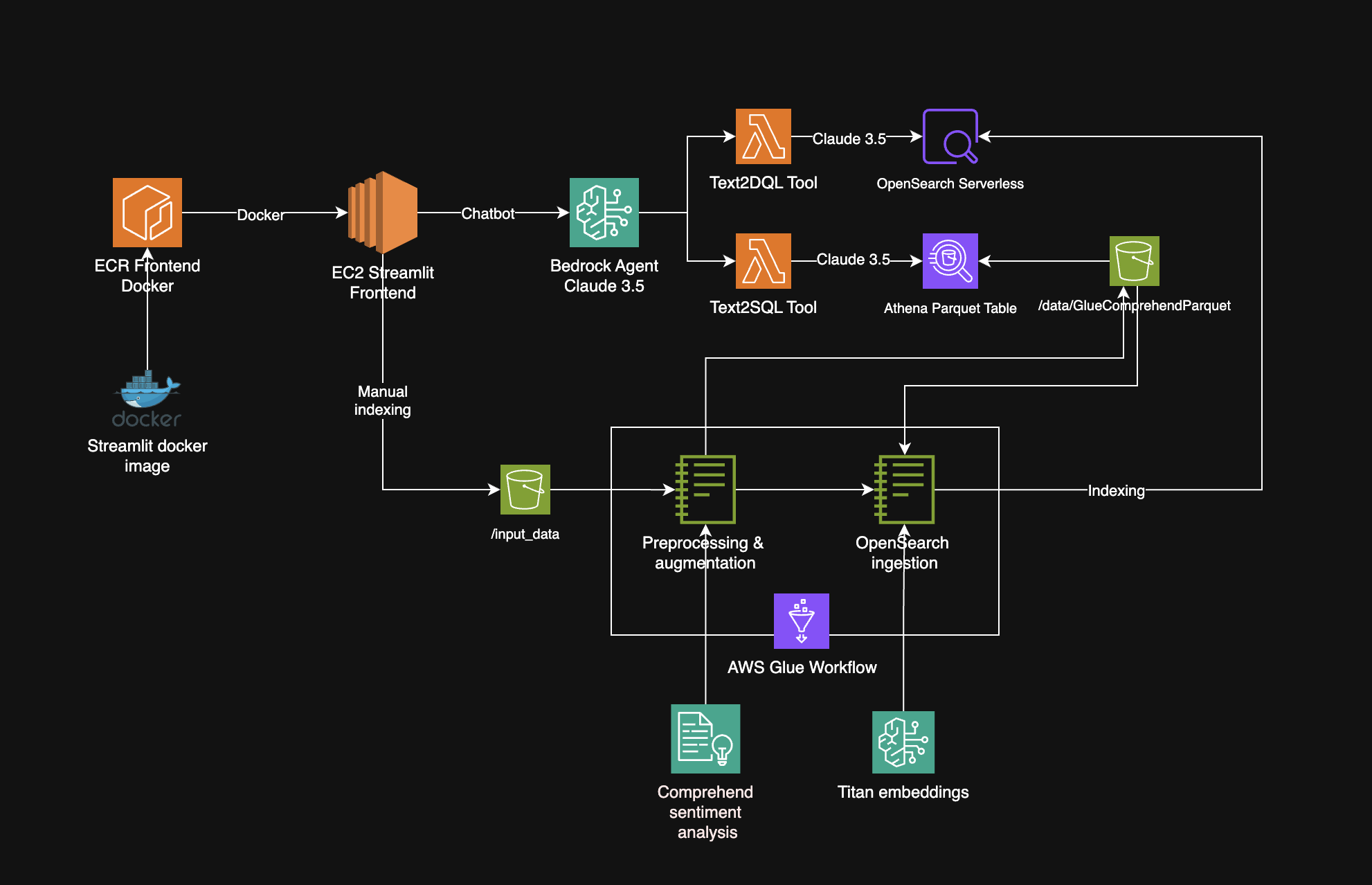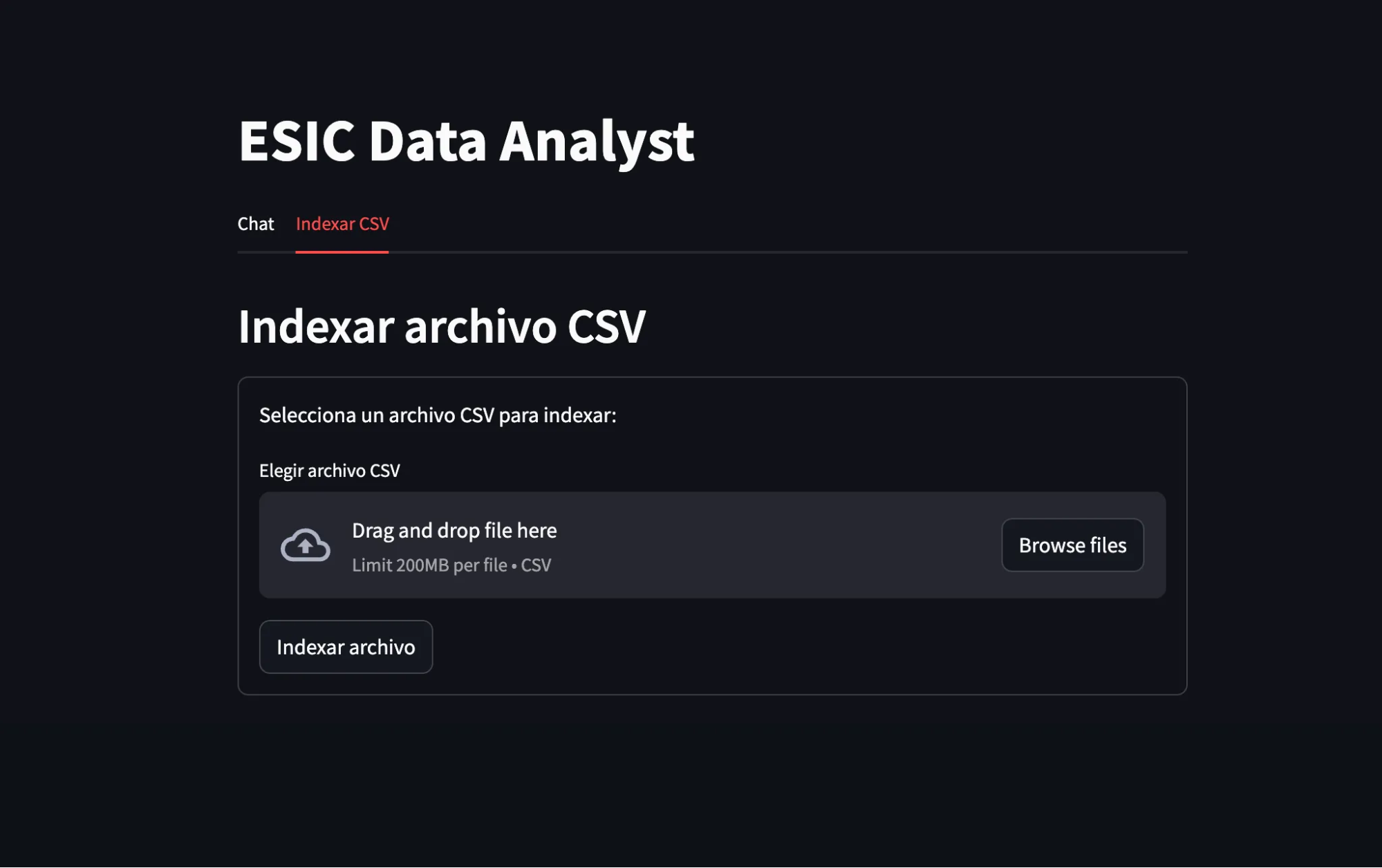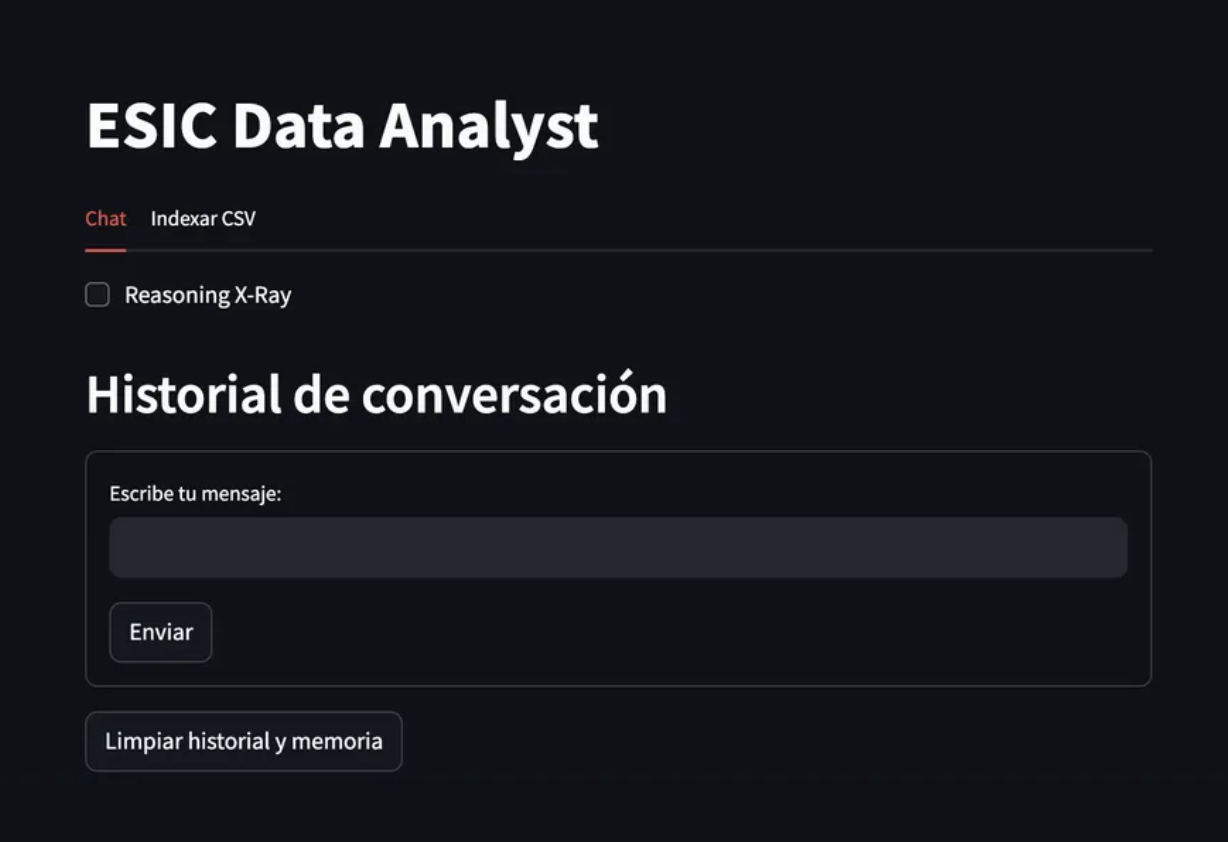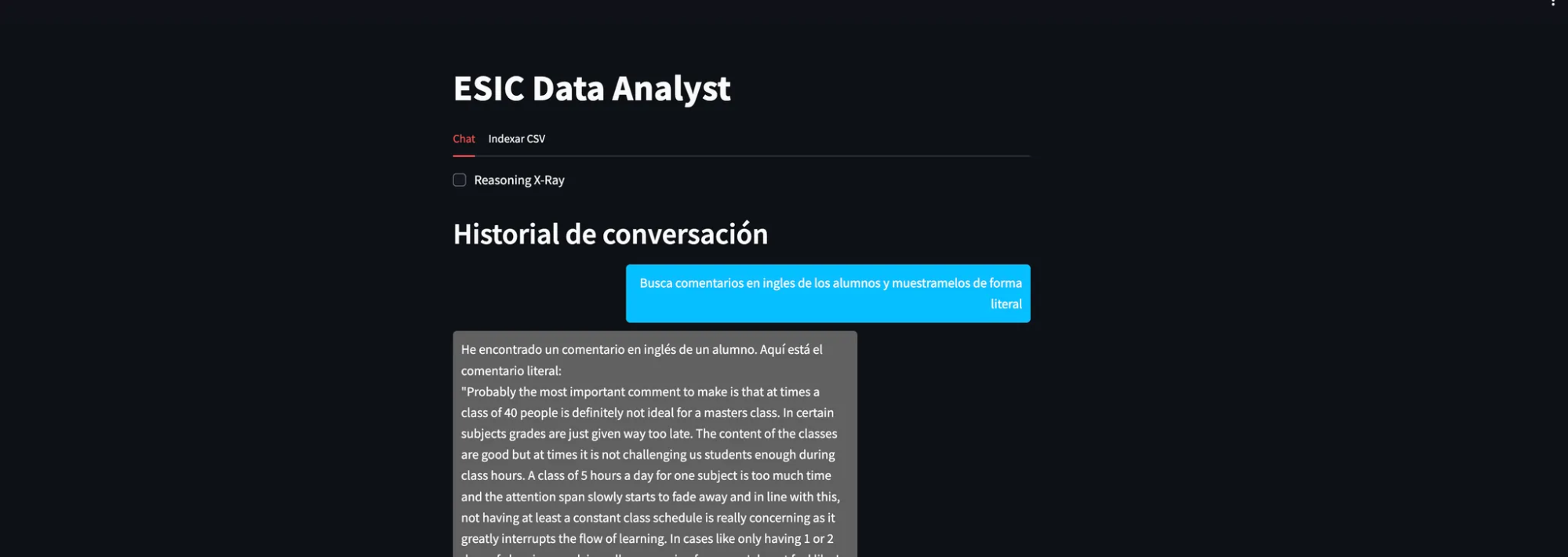Empowering Education Through AI: How ESIC University EDT&Partners, and AWS Transformed Student Feedback
Explore how Retrieval Augmented Generation (RAG) and Knowledge Augmented Generation (KAG) are transforming AI-driven education.



Categories
Topics
Table of contents
Turning Student Feedback into Insights: How the Solution Works
AWS Services Powering the Solution
Key takeaways
Conclusion: The Future of Feedback in Education
Turning Student Feedback into Insights: How the Solution Works
Unlocking the Value of Qualitative and Quantitative Data
The project started with ESIC University’s extensive student surveys that collected both quantitative data (like ratings and scores) and qualitative data (open-ended feedback). Here’s how each type was handled:
- Quantitative data: (numeric ratings, scores, and structured metrics) was processed using Amazon Athena, making it easy for the academic administrators to track trends, measure progress over time and make evidence-based decisions.
- Qualitative data: (student feedback about professors, course content, and campus facilities) was analyzed using Amazon Comprehend, which identified sentiment (positive, negative, neutral) and detected languages. Then, it was then semantically indexed in Amazon OpenSearch Serverless, allowing for easy searching in natural language.
This created a single, searchable knowledge base of student experiences, giving the ESIC team a holistic view of what students really think and feel.
The power of Amazon Bedrock, particularly through the Claude 3.5 Sonnet model, enabled intelligent translations from natural queries to SQL and DQL, allowing faculty and directors to engage with the feedback in real-time through an intuitive AI chatbot.
AWS Services Powering the Solution
This solution combined several AWS services to deliver a secure, scalable, and highly interactive AI-driven application.
- Amazon S3 – Storing raw and processed data
- AWS Glue – Preparing data and enriching it with sentiment and semantic meaning
- Amazon Comprehend – Running sentiment and language analysis on free-text feedback
- Amazon Athena – Letting users query structured survey data without managing servers
- Amazon OpenSearch Serverless – Powering advanced search on qualitative data
- Amazon Bedrock – Hosting GenAI models for conversational AI and query translation with Claude 3.5 Sonnet and Titan embeddings.
- AWS Lambda – Automating query translation from natural language to SQL (Text2SQL and Text2DQL).
- Amazon EC2 + Streamlit: Powering the chatbot web interface
Amazon Elastic Container Registry (ECR): Managing and deploying containerized app components

Making Feedback Actionable for Everyone
A Unified AI-Powered Experience
The result was a sophisticated but easy-to-use chatbot interface, fully integrated with ESIC’s existing survey process.
With this tool, directors, faculty, and administrators could:
- Search student feedback effortlessly
- Spot key trends in real-time
- Take action to improve courses, campus services, and the overall learning experience
- Transform passive survey data into a strategic asset for academic excellence
This solution didn’t just analyze data; it empowered decision-makers across the university to use it—quickly, easily, and without technical skills.



Key takeaways
- A complete view of student feedback: By combining structured and unstructured data, institutions can see the full picture of the student experience.
- Transforming surveys into strategy: AI-powered sentiment analysis and search turned passive surveys into real-time insights that leaders could act on.
- Designed for educators, not engineers: The web-based chatbot made data exploration simple for all users, not just technical staff.
- Leveraging GenAI (Claude 3.5 Sonnet + Text2SQL/DQL): Automatically translating natural-language questions into structured queries gave ESIC University a clear competitive advantage.
Conclusion: The Future of Feedback in Education
This successful collaboration between ESIC, EDT&Partners, and AWS shows how open, trusted AI tools can make education smarter, more human, and more responsive. Turning feedback into action is no longer a challenge—it’s an opportunity to continuously improve learning environments.




